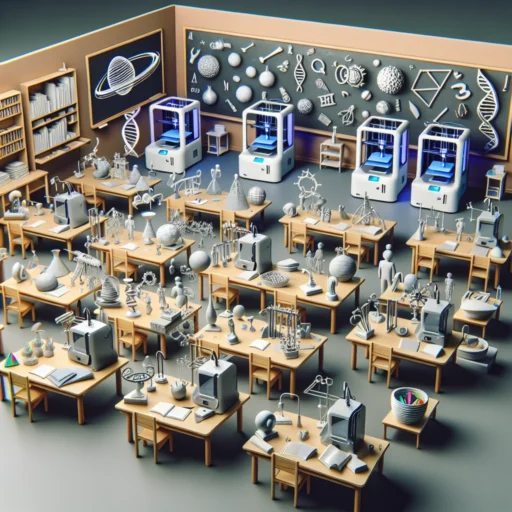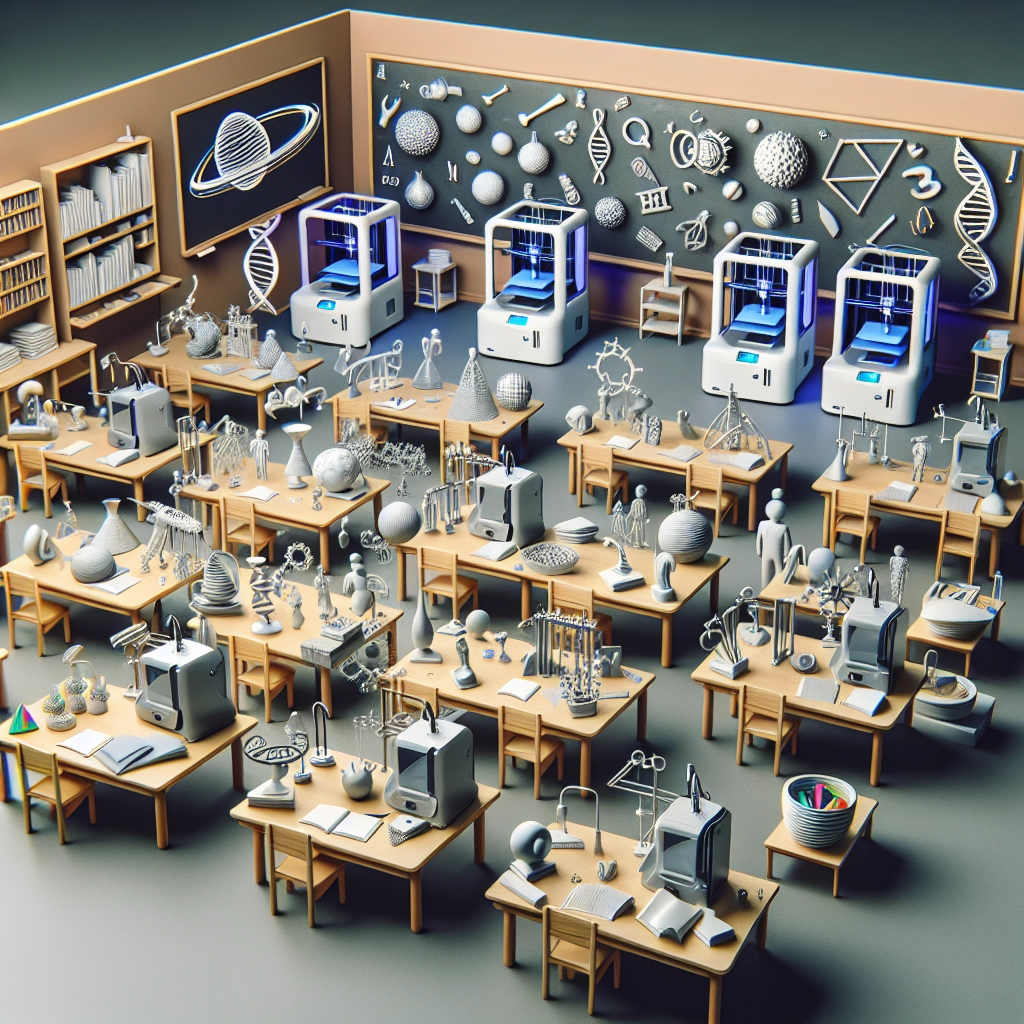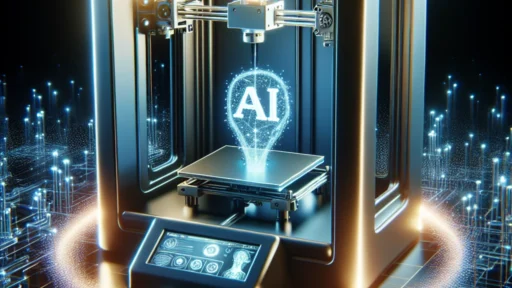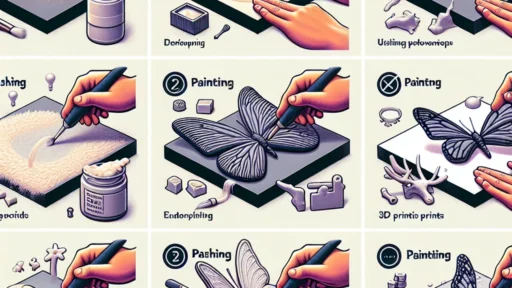The Role of 3D Printing in Education and Learning
In recent years, the buzz around 3D printing has reached a fever pitch, and for good reason! While it’s often linked to manufacturing or tech startups, its potential in education is equally exciting. 3D printing technology is revolutionizing the way we learn, making lessons more interactive, tangible, and engaging. So, how exactly is this technology reshaping classrooms and learning environments? Buckle up; we’re diving into the fascinating world of 3D printing in education!
Bringing Ideas to Life
Have you ever found yourself trying to understand a complex concept, only to wish you could hold it in your hands? That’s where 3D printing steps in! Imagine students studying anatomy creating a life-sized model of a human heart or chemistry students fabricating a molecular structure. With 3D printing, theoretical knowledge transforms into something physical, making it easier to grasp complex ideas.
This hands-on approach not only reinforces learning but also caters to various learning styles. Visual learners benefit from seeing models, kinesthetic learners thrive when they can manipulate objects, and auditory learners gain more as they discuss these models in group settings. By accommodating diverse learning preferences, 3D printing helps every student engage with the material more effectively.
Encouraging Creativity and Innovation
One of the standout features of 3D printing is its capacity to foster creativity. In traditional classrooms, students often consume knowledge passively, but with 3D printing, they become active participants in the learning process. They have the opportunity to design and create their own projects from scratch, whether it’s an architectural model, a historical artifact, or a piece of art.
This emphasis on creativity has the potential to cultivate problem-solving skills. Students can brainstorm, iterate, and even fail without the fear of a poor grade. In fact, failure becomes an inherent part of the learning journey. Real-world design challenges encourage students to think critically and develop resilience—qualities that will serve them far beyond the classroom.
Real-World Applications
3D printing isn’t just a novel classroom gadget; it has practical applications that help students connect their learning to the real world. For example, engineering classes can take advantage of rapid prototyping, allowing students to fabricate and test their designs quickly. This hands-on experience mirrors what they will encounter in the workforce, making their education more relevant.
Moreover, 3D printing can be a game-changer in fields like architecture, fashion design, and healthcare. Imagine aspiring architects presenting 3D scale models of their designs or future doctors practicing surgical procedures on 3D models of patients. These experiential learning opportunities prepare students for their careers and can make the difference in their job readiness.
Collaboration Across the Curriculum
One of the less obvious benefits of integrating 3D printing into education is the potential for interdisciplinary collaboration. For instance, a project might involve students from art, science, and history. A group could work together to create a 3D-printed artifact from a historical period while integrating technological skills used in design and printing. Such assignments encourage teamwork and communication, crucial skills in today’s workforce.
Furthermore, the ability to share 3D designs and collaborate remotely increases the reach and impact of educational projects. Students can connect with peers from around the world, sharing ideas and designs that can be printed in each other’s classrooms. This global collaboration enriches the educational experience and broadens perspectives.
Challenges and Considerations
While the benefits of 3D printing in education are numerous, it’s important to acknowledge potential challenges. Not all schools have access to this technology, and the cost of printers and materials can be prohibitive. Moreover, teachers need to be trained to use 3D design software and operate printers effectively.
However, as the technology matures and becomes more accessible, we may see a tipping point where 3D printers become as common as traditional computers in classrooms. Investing in this technology can lead to innovative educational practices that help students thrive in an increasingly complex world.
A Bright Future Ahead
Incorporating 3D printing into education is about more than just keeping up with technological trends. It’s about enriching the learning experience, making education more engaging, and preparing students for a future where creativity and technical skills are paramount. As schools begin to recognize the potential of 3D printing, we’ll likely see a new generation of learners who are better equipped to tackle the challenges and opportunities that lie ahead.
So, whether you’re a student, teacher, or simply someone curious about the future of education, keep an eye on the ever-evolving world of 3D printing. It’s not just about the possibilities of today; it’s about creating a pathway for the innovators of tomorrow!






